A series of bulk cement products increased in price
After the average retail electricity price was adjusted up by 4.8%, along with the ongoing military conflicts in the world, the prices of raw materials and input fuels such as coal, oil, etc. have fluctuated greatly, and are expected to continue to increase in the coming time. Domestic cement enterprises have sought solutions to reduce costs, increase production efficiency and adjust product prices.
Since October 20, a series of cement companies including Bim Son, But Son, Long Son, Xuan Thanh, Vicem Hoang Mai, Thanh Thang Group have sent notices to adjust the selling price of all types of bulk cement products up to 50,000 VND/ton. In addition, The Vissai Group alone increased the selling price of all types of bulk cement to 46,300 VND/ton.
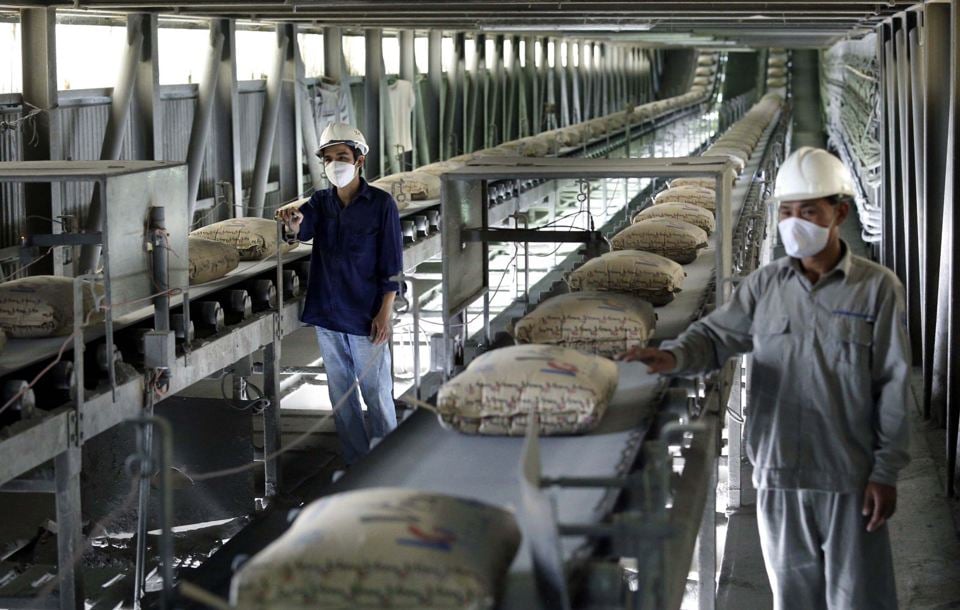
A representative of Thanh Thang Group Cement Joint Stock Company said that the electricity price has just increased by 4.8%, while the electricity price accounts for 14-15% of the cost of products, causing the production cost to increase. Although the company has applied many solutions to cut costs and increase productivity such as utilizing excess heat from production lines, it still cannot compensate for the production cost. The increase in product prices is aimed at improving the quality of products and services, ensuring production maintenance. On the contrary, the price of cement and clinker has continuously decreased, many products are having to be sold below the production cost.
As usual, at the present time, the demand for cement is very high, but this year it is the opposite, causing the supply to continue to be in surplus. This forces cement manufacturers to seek export markets. However, when exporting, Vietnamese cement also has to face great competitive pressure, especially with countries in the ASEAN region and China.
Statistics show that in the first 9 months of 2024, cement production output reached about 66 million tons, equivalent to the same period in 2023; consumption reached 66 million tons, equivalent to the same period in 2023. Export channels also decreased, reaching only 22.5 million tons in 9 months, worth 863 million USD, down 4.3% in volume, down 15.1% in value over the same period.
Need effective solutions
According to experts, cement is one of the important, fast-growing and strong sectors, contributing over 5 billion USD to the annual GDP; it is one of the production sectors of Vietnam in the Top 5 countries in the world , not only meeting the needs of domestic infrastructure development but also exporting to many countries in the world.
Cement consumption output in 2024 may reach about 65 - 70 million tons, an increase of about 5 - 10% compared to 2023. However, this development may be affected by factors such as fluctuations in raw material prices and State management policies such as large infrastructure projects, urbanization; green - sustainable trends; demand from the construction industry and investment from enterprises.
At the recent conference on technology for converting waste heat into electricity and converting household waste into fuel in cement factories, Deputy Minister of Construction Nguyen Van Sinh acknowledged that the cement sector must carry out many tasks and solutions in the coming time. One of the important tasks and solutions that many businesses are interested in and have implemented in the recent past is investing in technological innovation, reducing energy consumption in production costs such as: converting waste heat into electricity, converting household waste into fuel in cement factories, etc.
The Government has issued Directive No. 28/CT-TTg directing ministries, branches, localities and cement and construction material enterprises to implement specific and practical solutions to remove difficulties and obstacles for cement and construction material enterprises in order to help enterprises improve their competitiveness, restructure resources, reduce costs, continue to invest in technological innovation to reduce energy consumption, reduce raw material consumption, reduce product costs, thereby improving competitiveness.
Mr. Vu Tien Luc - Department of Construction Materials (Ministry of Construction) said that the country has a total of 92 production lines (rotary kiln technology), with a total capacity of 122 million tons/year. Currently, 34/92 production lines have invested in installing and putting into operation a residual heat power generation system with a total capacity of about 248MW (34/63 production lines have a capacity of 2,500 tons of clinker/day or more), mainly belonging to cement factories belonging to private and joint venture enterprises. At Vietnam Cement Corporation (Vicem), in the entire Vicem system, currently only Ha Tien 2 Cement Factory and But Son Cement Factory are operating a power generation system utilizing waste heat. Investing in a waste heat power generation system from cement kilns has reduced electricity costs by 25-30%.
Deputy General Director of Vietnam Cement Corporation Dinh Quang Dung said that 9/10 member enterprises plan to install and operate waste heat utilization systems to generate electricity (WHR systems). According to calculations, the waste heat utilization projects being implemented have a total expected installed capacity of about 71.45 MW, and a total expected power generation capacity of about 63.4 MW.
However, to promote the development of a circular economy, Vicem leaders proposed that the Government, the Ministry of Construction and relevant agencies study and amend and supplement a number of current regulations on waste treatment and waste disposal in cement production; consider step-by-step piloting the construction of a waste market. The Department of Construction Materials also requested ministries and branches to continue to study and issue mechanisms and policies to support businesses.
It can be seen that the Vietnamese cement market is in a period of strong development with many opportunities and challenges. To maintain growth momentum, enterprises need to constantly improve technology, improve product quality and focus on environmental protection solutions. With a solid foundation and great development potential, the Vietnamese cement market promises to continue to be an attractive field in the coming years.
Waste used as alternative fuel in cement factories (such as Insee cement, But Son cement; Song Thao cement; Binh Phuoc cement...) is mainly industrial waste such as: scraps of fabric, plastic pieces, scrap rubber, tires, leather shoes, plastic, waste, cashew residue, tree bark, rice husks, waste oil and solvents... No cement factory has used household waste on a large scale.
Mr. Vu Tien Luc - Department of Construction Materials (Ministry of Construction)
Source: https://kinhtedothi.vn/nganh-xi-mang-van-doi-mat-voi-kho-khan.html


![[Photo] National Assembly Chairman Tran Thanh Man receives First Vice Chairman of the Federation Council of the Federal Assembly of the Russian Federation](/_next/image?url=https%3A%2F%2Fvphoto.vietnam.vn%2Fthumb%2F1200x675%2Fvietnam%2Fresource%2FIMAGE%2F2025%2F12%2F02%2F1764648408509_ndo_br_bnd-8452-jpg.webp&w=3840&q=75)



![[Photo] Worshiping the Tuyet Son statue - a nearly 400-year-old treasure at Keo Pagoda](/_next/image?url=https%3A%2F%2Fvphoto.vietnam.vn%2Fthumb%2F1200x675%2Fvietnam%2Fresource%2FIMAGE%2F2025%2F12%2F02%2F1764679323086_ndo_br_tempimageomw0hi-4884-jpg.webp&w=3840&q=75)







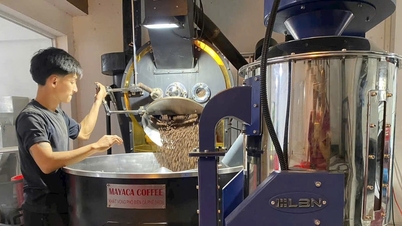









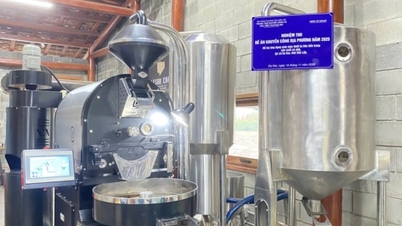
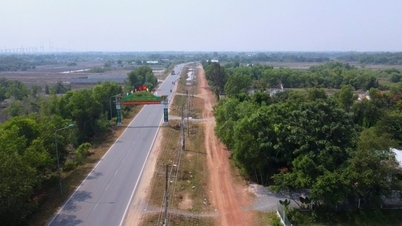
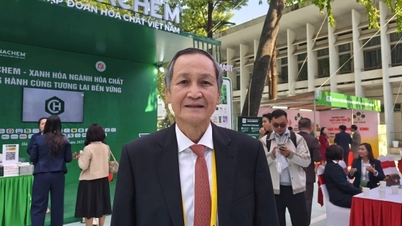




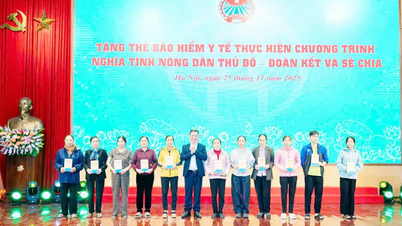




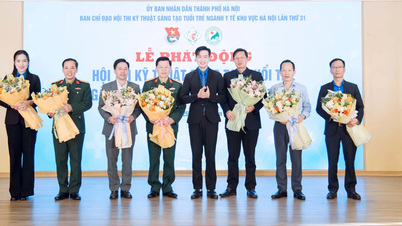
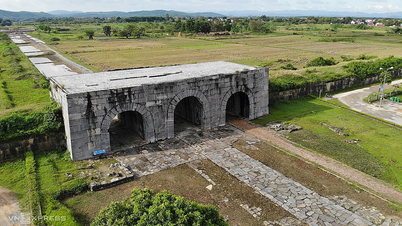













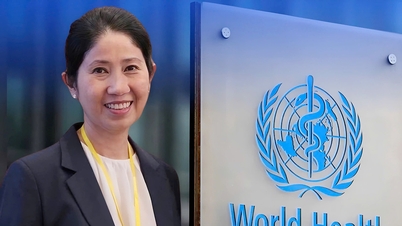








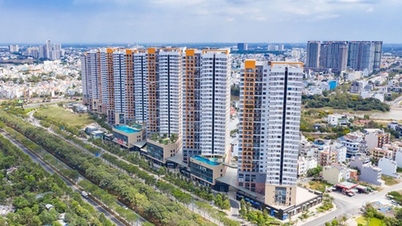




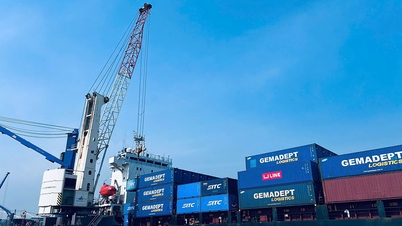












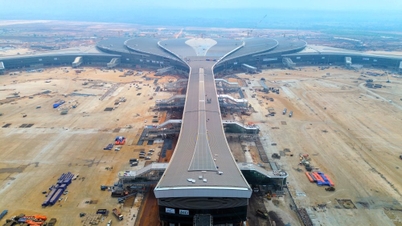



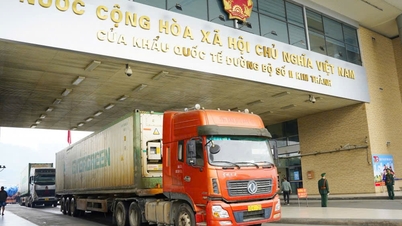



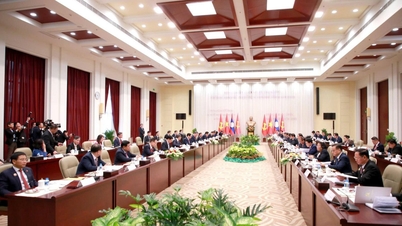

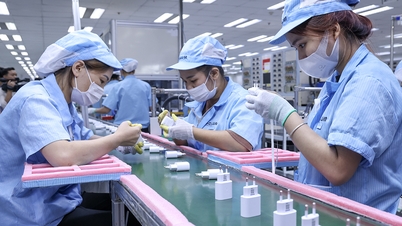

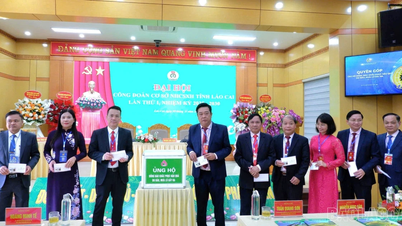






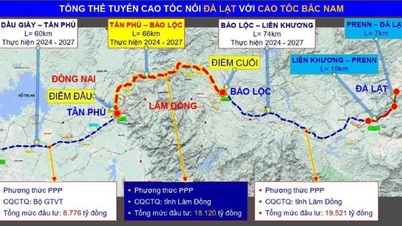






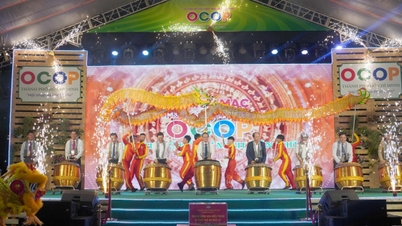



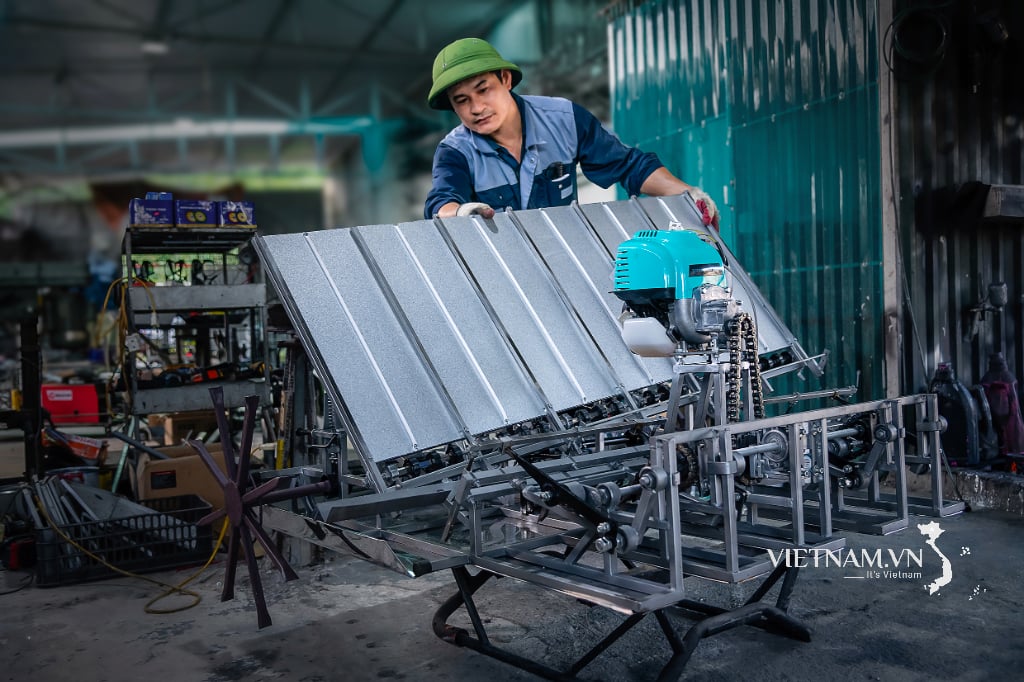

Comment (0)